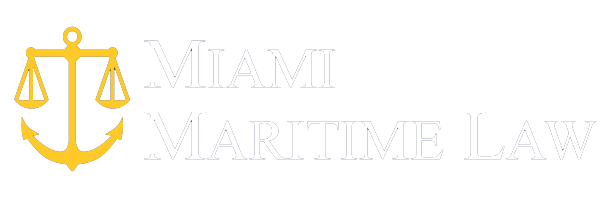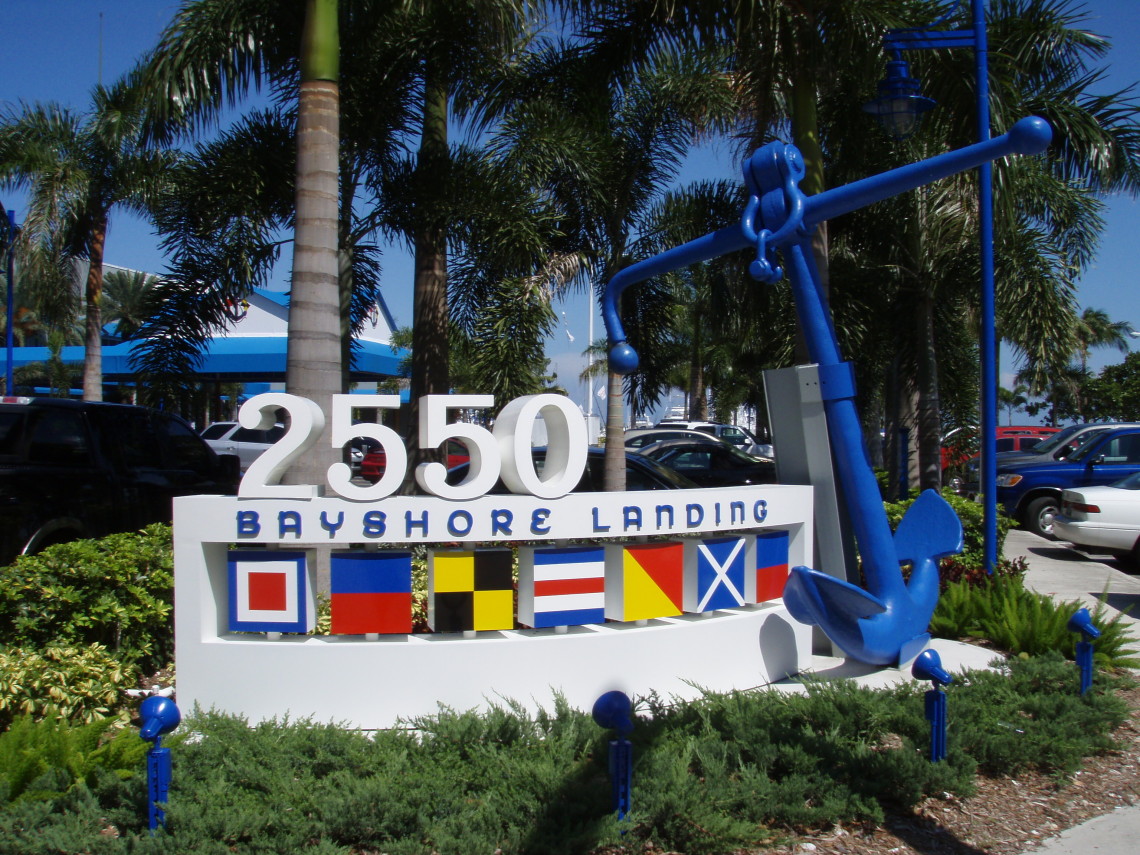Maritime Laws
Maritime Jurisdiction and Statute of limitation thereof
A party seeking to invoke maritime jurisdiction over a tort claim must satisfy conditions of both location and connection with maritime activity. In applying the location test, a court must determine whether the tort occurred on navigable water or whether injury suffered on land was caused by a vessel on navigable water. 46 U.S.C. App § 740. In applying the connection test, a court first must assess the “general features of the type of incident involved” to determine if the incident has “a potentially disruptive impact on maritime commerce.” Sisson v. Ruby, 497 U.S. 358, 363, 364, n. 2, 110 S.Ct. 2892, 2896, 2896 n. 2, 111 L.Ed.2d 292. If so, the court must determine whether the character of the activity giving rise to the incident shows a substantial relationship to traditional maritime activity. Id., at 365, 364, and n. 2, 110 S.Ct., at 2897, 2897-2898, and n. 2. Pp. 1047-1048. Per your hypo all the conditions are in fact meet.
Thus the federal Maritime statute of limitations lies:
Section 763a reads as follows: “Unless otherwise specified by law, a suit for recovery of damages for personal injury or death, or both, arising out of a maritime tort, shall not be maintained unless commenced within three years from the date the cause of action accrued.”
Courts which have considered the question have concluded that section 763a “and its legislative history[ ] clearly evidence a Congressional intent to establish a uniform statute of limitations, consistent with the well- established case law recognizing the need for uniformity with respect to maritime standards.” Mink v. Genmar Indus., Inc., 29 F.3d 1543, 1547 (11th Cir.1994). Accord Butler v. American Trawler Co., 887 F.2d 20, 22 (1st Cir.1989) (“words ‘unless otherwise specified by law,’ refer, not to state law, but to other federal law”).
Jerome B. Grubart, Inc. v. Great Lakes Dredge & Dock Co. 115 S.Ct. 1043 U.S.Ill.,1995. Decided Feb. 22, 1995.
130 L.Ed.2d 1024, 63 USLW 4154, 1995 A.M.C. 913
Barge owner brought action seeking to limit its liability for damages resulting from flooding of freight tunnel running under navigable river, which allegedly resulted from use of crane on barge to drive piles into riverbed above tunnel. The United States District Court, Northern District of Illinois, Charles B. Kocoros, J., dismissed, and owner appealed. The Seventh Circuit Court of Appeals, 3 F.3d 225, reversed and remanded. Certiorari was granted. The Supreme Court, Justice Souter, held that district court had admiralty jurisdiction over case. Affirmed. Justice O’Connor, filed concurring opinion. Justice Thomas, filed opinion concurring in judgment, in which Justice Scalia joined. Justice Stevens and Justice Breyer took no part in the decision. **1045 Syllabus [FN*]
After the Chicago River flooded a freight tunnel under the river and the basements of numerous buildings, petitioner corporation and other victims brought tort actions in state court against respondent Great Lakes Dredge & Dock Co. and petitioner Chicago. They claimed that in the course of driving piles from a barge into the riverbed months earlier, Great Lakes had negligently weakened the tunnel, which had been improperly maintained by the city. Great Lakes then filed this action, invoking federal admiralty jurisdiction and seeking, inter alia, the protection of the Limitation of Vessel Owner’s Liability Act. That Act would permit the admiralty court to decide whether Great Lakes had committed a tort and, if so, to limit its liability to the value of the barges and tug involved if the tort was committed without the privity or knowledge of the vessels’ owner. The District Court dismissed the suit for lack of admiralty jurisdiction, but the Court of Appeals reversed. Held: The District Court has federal admiralty jurisdiction over Great Lakes’s Limitation Act suit. Pp. 1047-1055.
(a) A party seeking to invoke such jurisdiction over a tort claim must satisfy conditions of both location and connection with maritime activity. In applying the location test, a court must determine whether the tort occurred on navigable water or whether injury suffered on land was caused by a vessel on navigable water. 46 U.S.C. app § 740. In applying the connection test, a court first must assess the “general features of the type of incident involved” to determine if the incident has “a potentially disruptive impact on maritime commerce.” Sisson v. Ruby, 497 U.S. 358, 363, 364, n. 2, 110 S.Ct. 2892, 2896, 2896 n. 2, 111 L.Ed.2d 292. If so, the court must determine whether the character of the activity giving rise to the incident shows a substantial relationship to traditional maritime activity. Id., at 365, 364, and n. 2, 110 S.Ct., at 2897, 2897-2898, and n. 2. Pp. 1047-1048.
(b) The location test is readily satisfied here. The alleged tort was committed on a navigable river, and petitioners do not seriously dispute that Great Lakes’s barge is a “vessel” for admiralty tort purposes. *528 There is no need or justification for imposing an additional jurisdictional requirement that the damage done must be close in time and space to the activity that caused it. A nonremoteness requirement is not supported by the Extension of Admiralty Jurisdiction Act’s language, and the phrase “caused by” used in that Act indicates that the proper standard is proximate cause. Gutierrez v. Waterman S.S. Corp., 373 U.S. 206, 210, 83 S.Ct. 1185, 1188, 10 L.Ed.2d 297, distinguished. Pp. 1048-1050.
(c) The maritime connection test is also satisfied here. The incident’s “general features” may be described as damage by a vessel in navigable water to an underwater structure. There is little question that this is the kind of incident that has “a potentially disruptive impact on maritime commerce.” Damaging the structure could lead to a disruption in the water course itself and, as actually happened here, could lead to restrictions on navigational use during repairs. There is also no question that the activity giving rise to the incident–repair or maintenance work on a navigable waterway performed from a vessel–shows a substantial relationship to traditional maritime activity. Even the assertion that the city’s alleged failure to properly maintain and operate the tunnel system was a proximate cause of the flood damage does not take this suit out of admiralty. Under Sisson, the substantial relationship test is satisfied when at least one alleged tortfeasor was engaging in activity substantially relate d to traditional maritime activity and such activity is claimed to have been a proximate cause of the incident. There is no merit to the argument that the activity should be characterized at a hypergeneralized level, such as “repair and maintenance,” **1046 to eliminate any hint of maritime connection, or to the argument that Sisson is being given too expansive a reading. Pp. 1050-1053.
(d) There are theoretical, as well as practical, reasons to reject the city’s proposed multifactor test for admiralty jurisdiction where most of the victims, and one of the tortfeasors, are land based. The Sisson tests are directed at the same objectives invoked to support a multifactor test, the elimination of admiralty jurisdiction where the rationale for the jurisdiction does not support it. In the Extension Act, Congress has already made a judgment that a land-based victim may properly be subject to admiralty jurisdiction; surely a land-based joint tortfeasor has no claim to supposedly more favorable treatment. Moreover, contrary to the city’s position, exercise of admiralty jurisdiction does not result in automatic displacement of state law. A multifactor test would also be hard to apply, jettisoning relative predictability for the open-ended rough-and-tumble of factors, inviting complex argument in a trial court and a virtually inevitable appeal. Pp. 1053-1055. 3 F.3d 225 (CA 7 1993), affirmed.
*529 SOUTER, J., delivered the opinion of the Court, in which REHNQUIST, C.J., and O’CONNOR, KENNEDY, and GINSBURG, JJ., joined. O’CONNOR, J., filed a concurring opinion, post, p. 1055. THOMAS, J., filed an opinion concurring in the judgment, in which SCALIA, J., joined, post, p. 1055. STEVENS and BREYER, JJ., took no part in the decision of the cases.
David A. Neblett

